
Or is Christmas just a mishmash of old pagan customs and clever marketing? Actually, the truth is far more complex-and far more interesting. So many of the holiday symbols people love today have journeyed through centuries, crossing cultures, religions, and even continents before finding their place in modern celebrations.
From humble origins in medieval churches to full-blown advertising icons, behind such traditions are stories of faith, resilience, and creativity. They tell the story of communities that adapted rituals to suit changing times and how commerce and culture intertwined in shaping the Christmas we know today. Here is a closer look at ten Christmas symbols whose histories might just change the way they’re seen this holiday season.
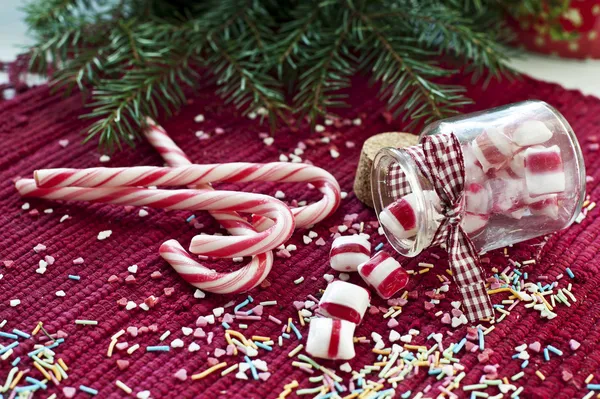
1. Candy Canes and the Choir Master’s Clever Distraction
Legend dates candy canes all the way back to a resourceful 17th century choir master in Europe. Flustered with children who couldn’t sit still at long Christmas services, he gave them sugar sticks in the shape of a shepherd’s crook-suggesting Jesus as the shepherd of his people. Eventually the white stripes came to stand for purity, the red for the blood of Christ. As early as the 1920s, candy canes were mass-produced by American confectioners to lock in their status as a festive staple.
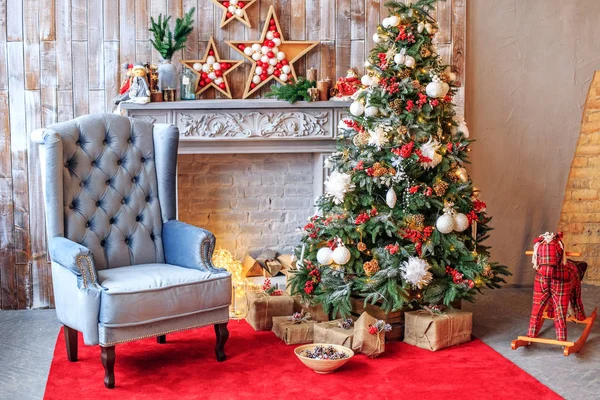
2. Christmas Trees: From Pagan Symbol to Royal Trend
The evergreen has long been a symbol of winter. The pagan peoples used them to suggest hope and renewal; the Romans used them to honor Saturn while early German Christians took them into their homes as symbols of eternal life. The tradition became popular with the masses when Queen Victoria and Prince Albert’s tree was depicted in the newspapers and both British and American homes followed suit. Despite the claims of pagan origins, historians indicate that Christianity often simply took over seasonal symbols and gave them new meaning.

3. Wreaths: Circles of Victory and Everlasting Life
The ancient Greeks crowned their athletes with wreaths of laurel; the Romans exchanged them at their New Year festivals. The evergreen wreath was to represent eternal life especially during the period of Advent in Christian Europe. By the 19th century, door-hung ‘welcome rings’ of holly, ivy, and cones of pine were in common usage. The unbroken circle still resonates today-a promise of renewal during the darkest days of winter.

4. Mistletoe: From Norse Myth to Holiday Romance
According to Norse legend, Frigg declared mistletoe a symbol of love after the plant revived her son Baldur. In 18th-century England, men could kiss women standing beneath it; that was a custom which carried superstitions of luck. Earlier still, the Druids reverenced mistletoe that grew on oaks, harvesting it with ceremony. Today, it’s more playful than mystical, but its winter bloom keeps it tied to seasonal celebrations.
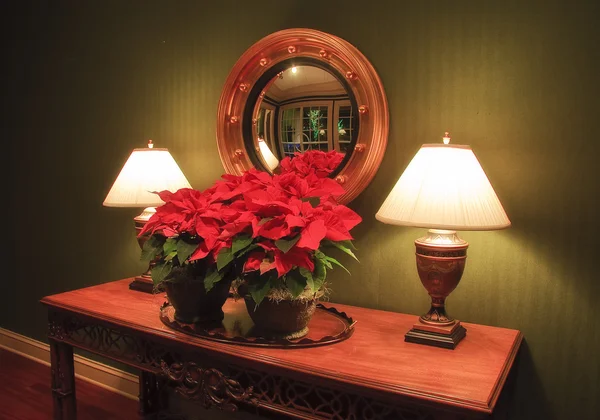
5. Poinsettias: A Mexican Miracle Turned Global Icon
Native to Mexico, poinsettias entered Christmas lore via a tale about a poor girl whose humble weeds transform into vibrant red blooms at a nativity scene. Joel Roberts Poinsett, a US ambassador to Mexico, brought the plant north in the 19th century, and it became the official Christmas flower. The red and green palette was perfectly in sync with holiday colors popularized later by Coca-Cola’s Santa imagery.
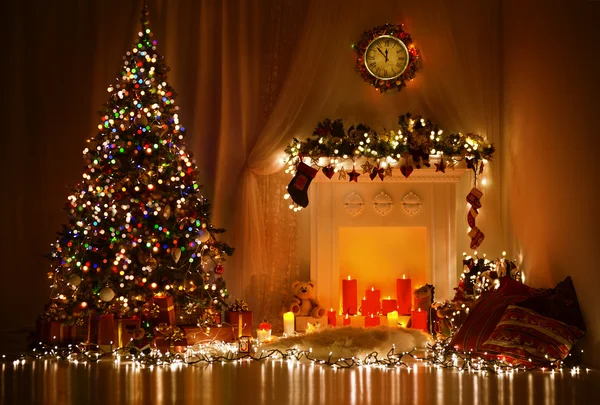
6. Christmas Lights: From Candlelit Trees to Electric Spectacle
Legend has it that Martin Luther once placed candles on a tree to emulate the starlight. Centuries later, in 1882, Edward Hibberd Johnson replaced candles with 80 hand-wired electric bulbs and awed passersby in New York. By the early 20th century, department stores were selling inexpensive light strings, and public displays like the tree at Rockefeller Center made illumination a national tradition. And today’s LED extravaganzas follow directly from that first electrified fir.
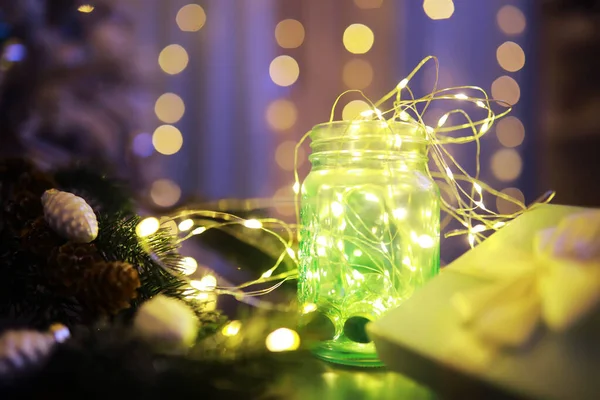
7. Oranges in Stockings: A Taste of Winter Luxury
In the original St. Nicholas legend, gold coins sometimes became oranges in retellings a more attainable gift for ordinary families. Until citrus became widely available in the 19th and early 20th centuries, citrus was rare in northern climates, in which case an orange was a treasured winter treat. According to culinary historian Kyle Cherek, they symbolized prosperity and carried echoes of the saint’s generosity.

8. The 12 Days of Christmas: More Than a Song
Beyond the famous carol, the period between December 25 and January 6 has been celebrated as that during which the Magi visited Jesus. In centuries past, the days were celebrated with feasts, plays, and gift-giving. Shakespeare’s “Twelfth Night” was likely written for such festivities, joining a sacred observance with communal merriment.

9. Santa’s Red Suit: A Marriage of Myth and Marketing
The British Father Christmas originally wore green or fur-trimmed robes. By the late 19th century, the figure had become associated with family gift-giving, and by 1937, Coca-Cola’s ads had him dressed in bright red, to go along with their colors. This American ‘Santa Claus’ image spread across the world, fusing folklore into consumer culture, and fixed the jolly red-suited figure as an international Christmas icon.

10. Gingerbread Men: Royal Diplomacy in Cookie Form
Ginger arrived in Europe via medieval trade routes and became a winter favorite for its warming spice. Queen Elizabeth I is often credited with having shaped gingerbread into human figures as a gift to visiting dignitaries. These spiced biscuits soon became seasonal, with rich flavors and whimsical shapes adding warmth to cold-weather celebrations. Christmas traditions are living stories, woven from ancient rituals, religious symbolism, and even savvy marketing.
Knowing their origins does not take away any of the magic; it enhances it. Every candy cane, every wreath, every string of lights carries echoes of centuries past, reminding us that the season’s joy comes not from what we see today but from the rich tapestry of history behind it.


